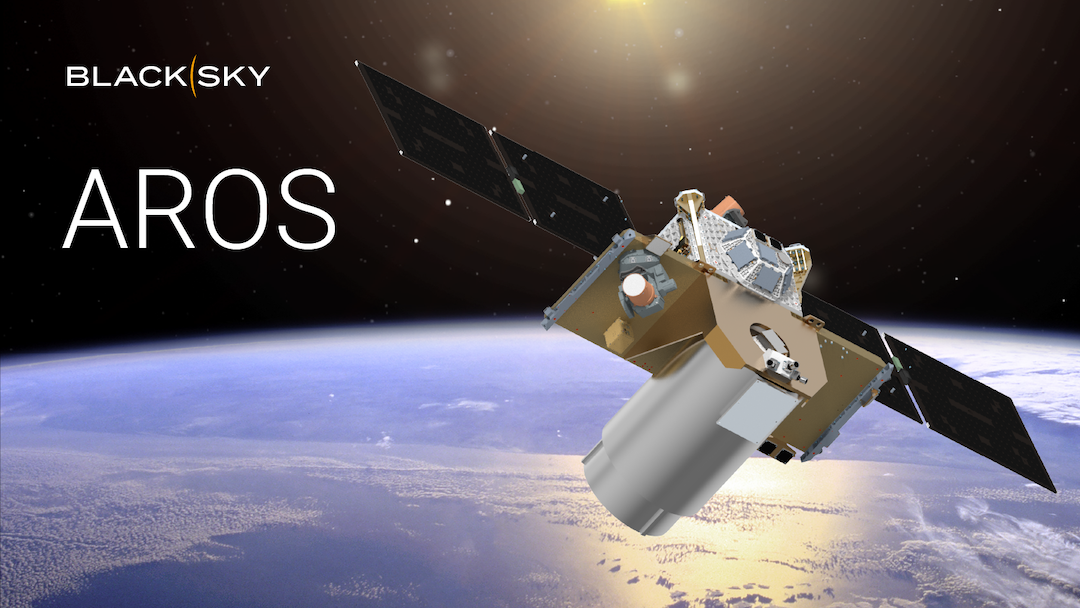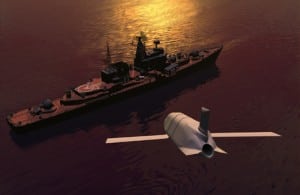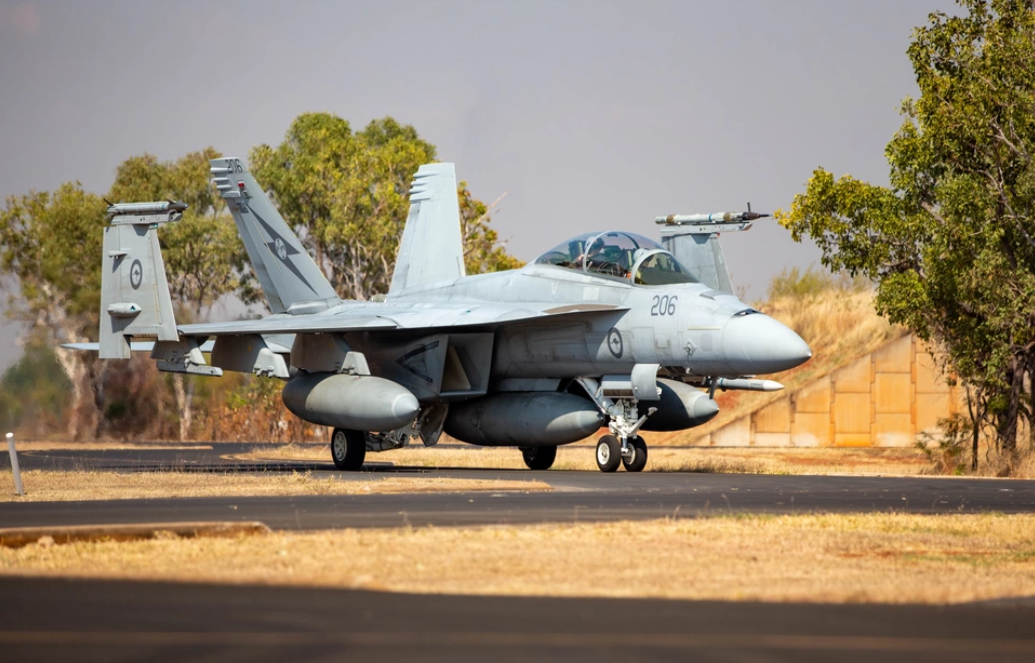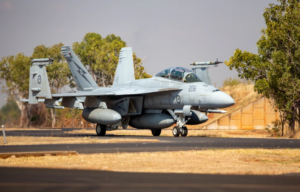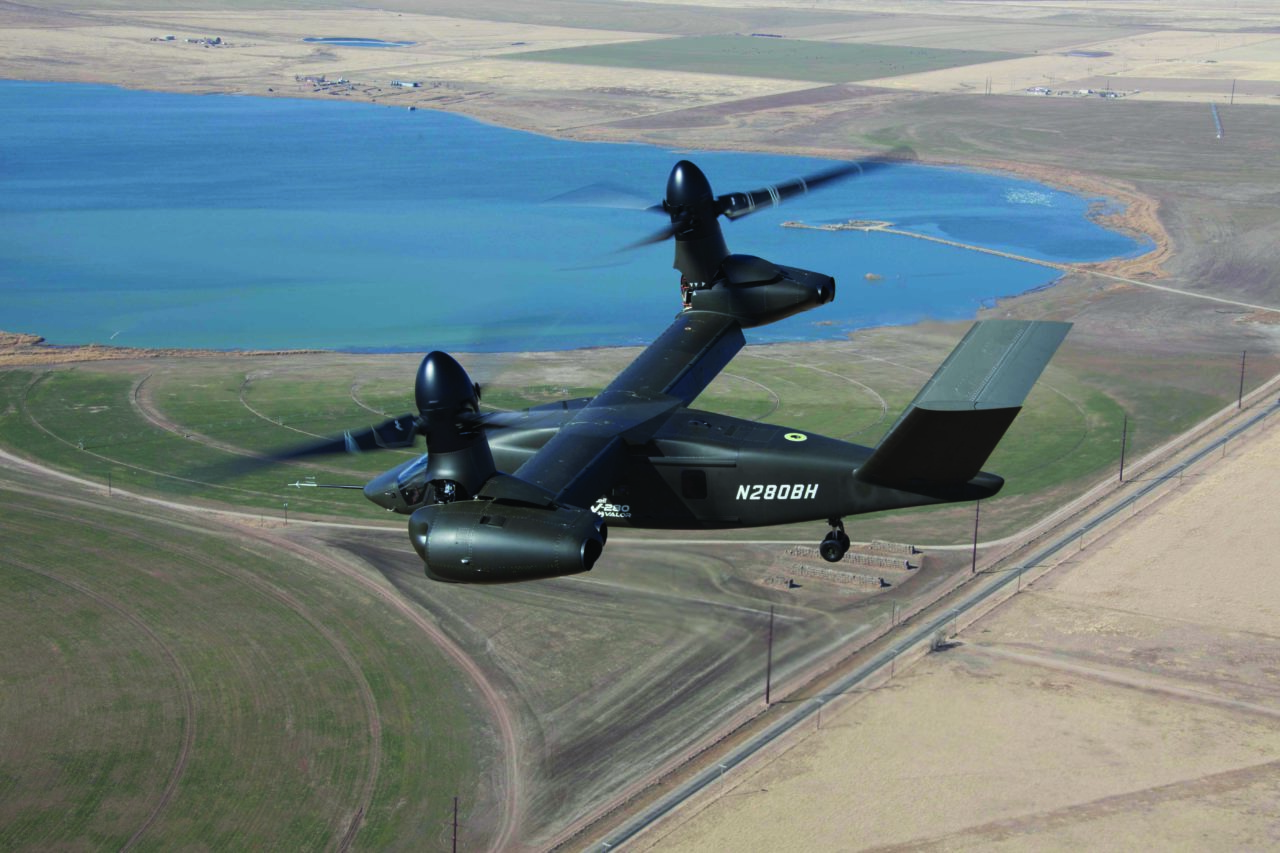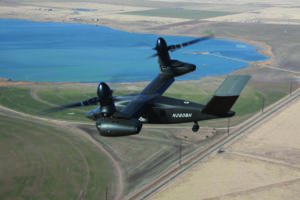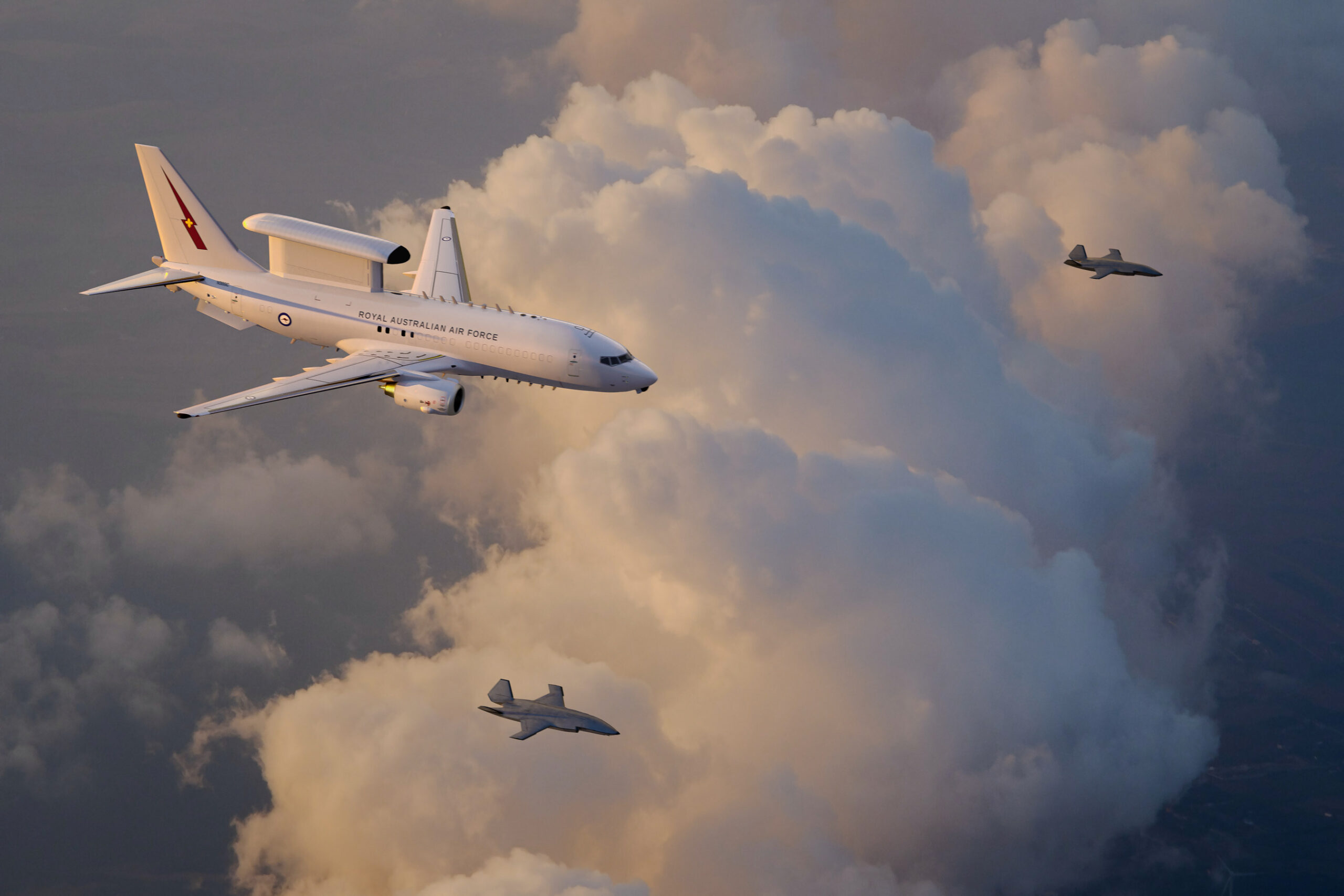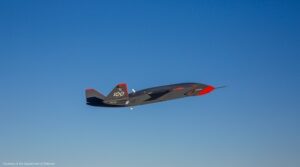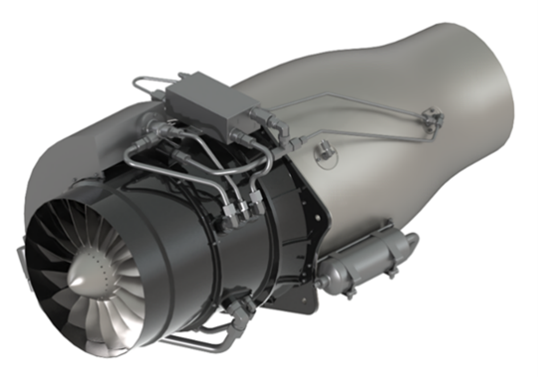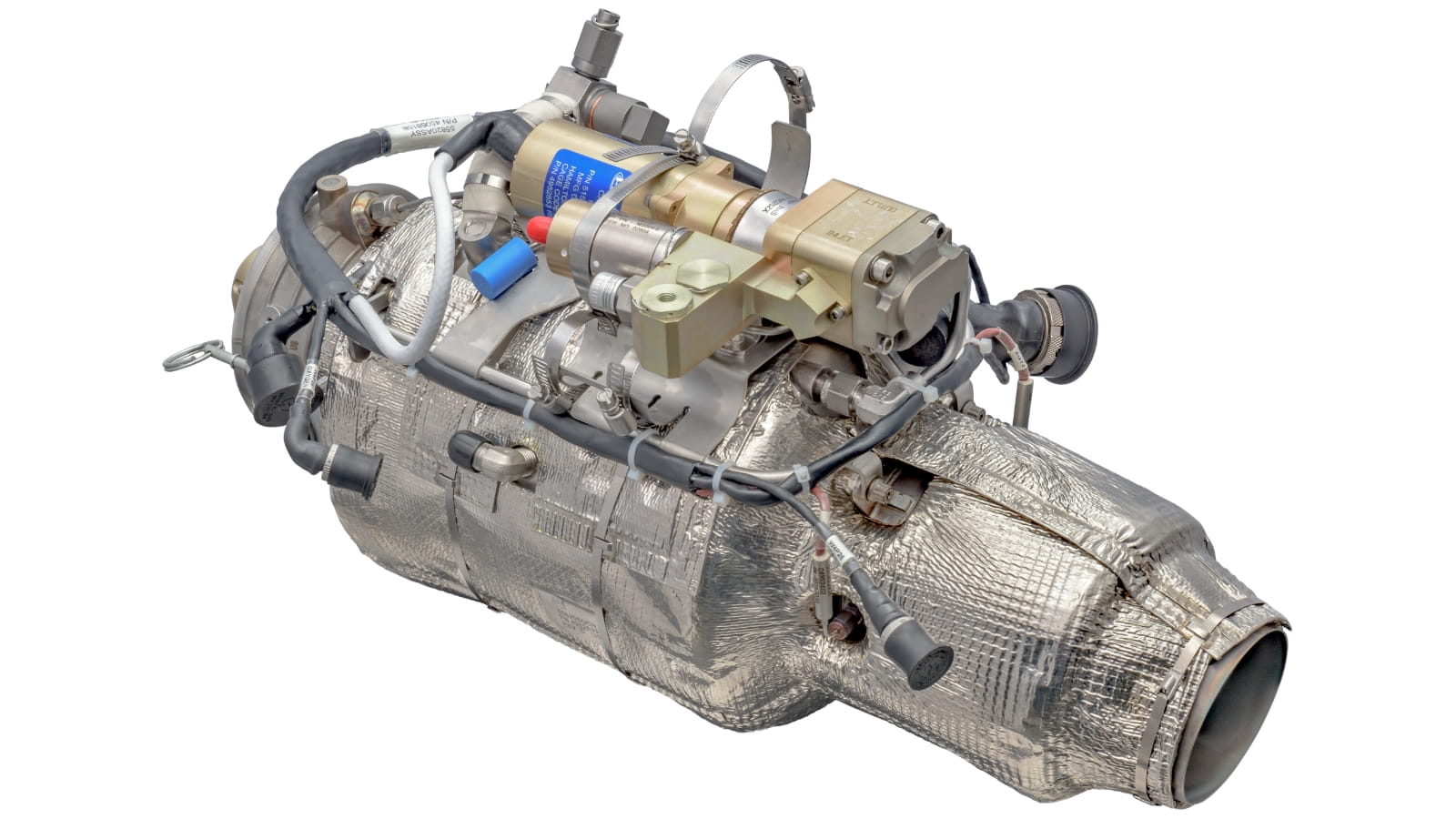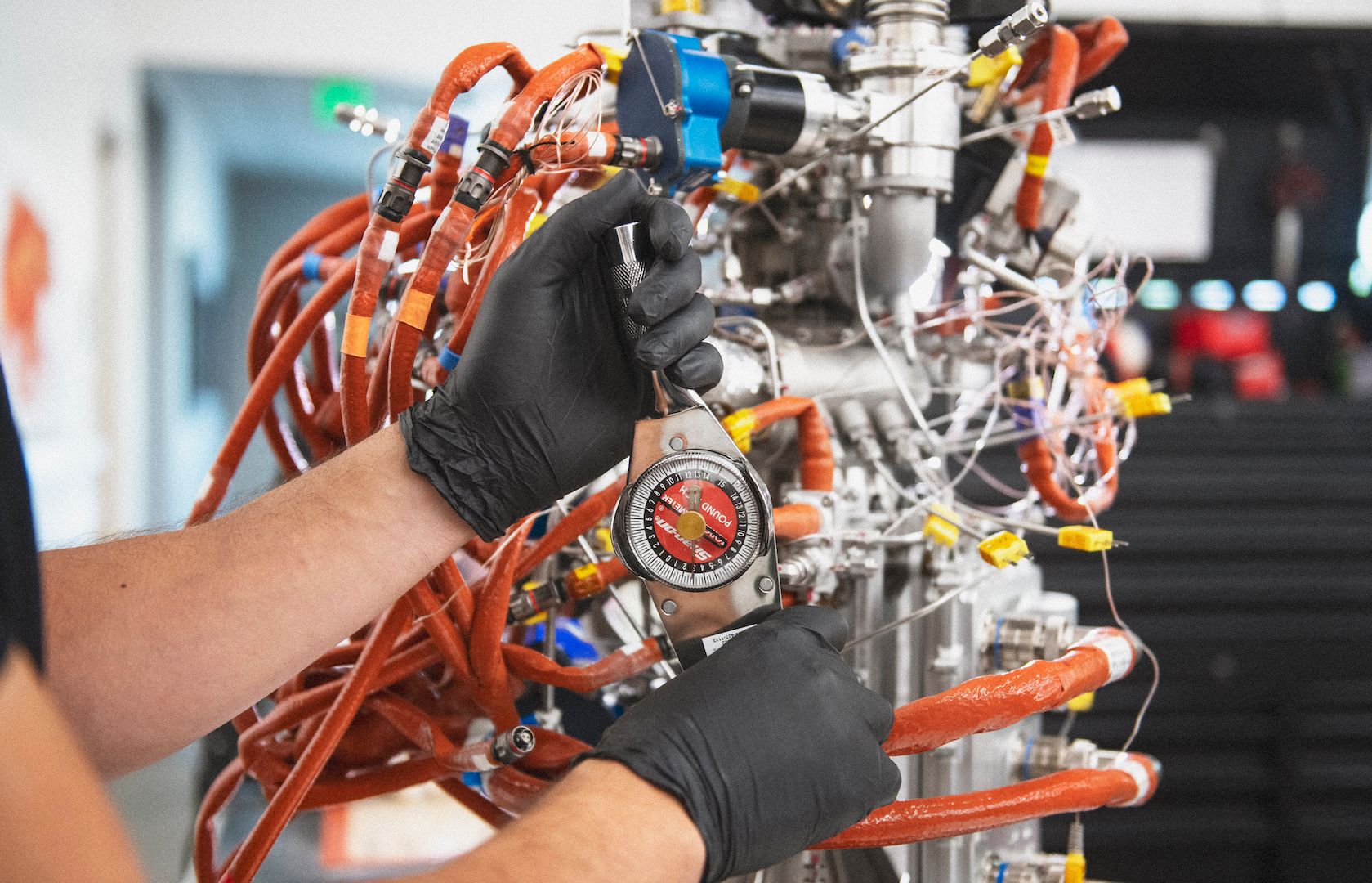BARKSDALE AFB, La.–U.S. Air Force Secretary Troy Meink is visiting Air Force Global Strike Command (AFGSC) here in his first visit to a service major command.
Gen. Thomas Bussiere, the head of AFGSC since December 2022, discussed the command’s modernization efforts in an interview with Defense Daily on Monday. Prominent on the list is the Northrop Grumman [NOC] LGM-35A Sentinel, which has occupied much of Meink’s program time in his first month on the job (Defense Daily, June 5).
The Air Force is restructuring the program after a critical Nunn-McCurdy breach announced by the service in January last year, and that restructuring/new integrated schedule is to happen by next summer.
A decade ago up until the Nunn-McCurdy breach, Pentagon leaders thought that they could re-use the old Minuteman III silos–and their steel and concrete–to build the then called Ground Based Strategic Deterrent more quickly and cheaply.
Now, however, the service is examining the extent it will be able to use existing infrastructure, as well as a “green fields” approach for new silos to replace Minuteman III silos that the service judges as too costly to renovate and upgrade.
“I approved two of the three wings’ plans several weeks ago” with the third to follow soon, Bussiere said.
The three missile wings are the 90th at F.E. Warren AFB, Wyo.; the 91st at Minot AFB, N.D.; and the 341st at Malmstrom AFB, Mont.
“I’ve never seen the enthusiasm for recapitalizing the nuclear enterprise as high as it is now,” Bussiere said. “There’s an understanding of the urgency of the mission.”
The New Start Treaty between Russia and the United States lapses next February, which may lead to a rethinking of minimum deterrence levels for the U.S. and whether multiple independent re-entry vehicles will be a way forward for the ICBM force. AFGSC has operated under the minimum deterrence rubric of 400 Minuteman III operational missiles with 50 in reserve.
As the U.S. prepares to counter anti-access, area denial strategies by China, Air Force leaders believe that the service is well positioned, and DoD leaders have spoken of the vulnerability of carrier battle groups to Chinese missiles.
Yet, Air Force long-range strike is facing challenges too, including conventional “magazine depth” and the service’s aging ICBMs and bomber fleets.
While the service has 74 B-52Hs, which are to receive new engines and radars to convert them to B-52Js, 20 of the B-52Hs are with the schoolhouse, and 75 percent of the remaining may be operational at one time. In addition, the service aims to replace its Northrop Grumman B-2 stealth bombers and Boeing [BA] B-1s with at least 100 Northrop Grumman B-21 Raider stealth bombers, but increasing the production rate to accommodate up to 145 B-21s is a question mark.
It looks as if the B-2 and B-1 lives may extend over the next decade–and adaptations found for those bombers, as the service awaits a critical mass of B-21s. During now retired Gen. Timothy Ray’s tenure as AFGSC head from 2018 to 2021, Boeing proposed an external pylon for the B-1, and AFGSC continues to examine that to allow the B-1 to carry the AGM-183A Lockheed Martin [LMT] hypersonic Air-launched Rapid Response Weapon (ARRW), which may see new life.
In addition, an RTX [RTX] team has been developing the Hypersonic Attack Cruise Missile (HACM).
About six months before Trump’s election last year to a second term, then Air Force acquisition chief Andrew Hunter said that HACM would flight test by this September, and the service said that it was examining what technology the Air Force would adopt from ARRW–begun during Trump’s first term and given the moniker of “super duper missile” by Trump before the Biden administration canceled its development (Defense Daily, May 8, 2024).

